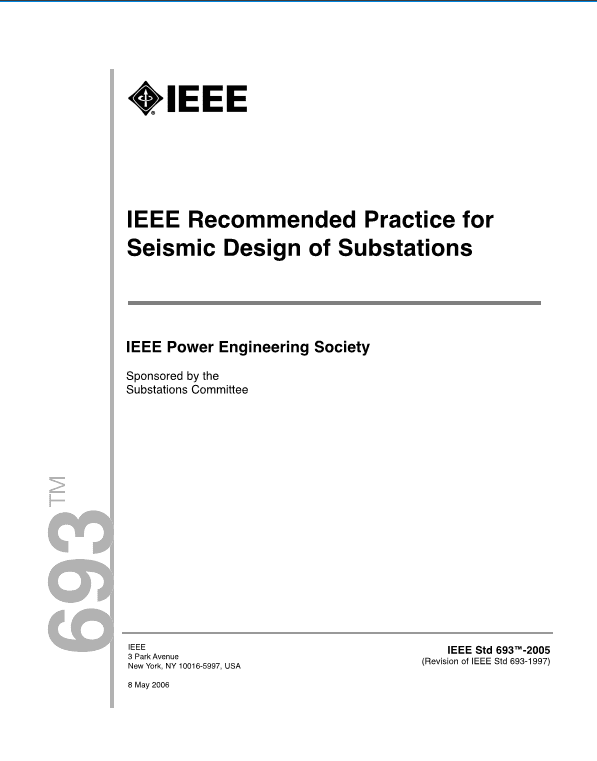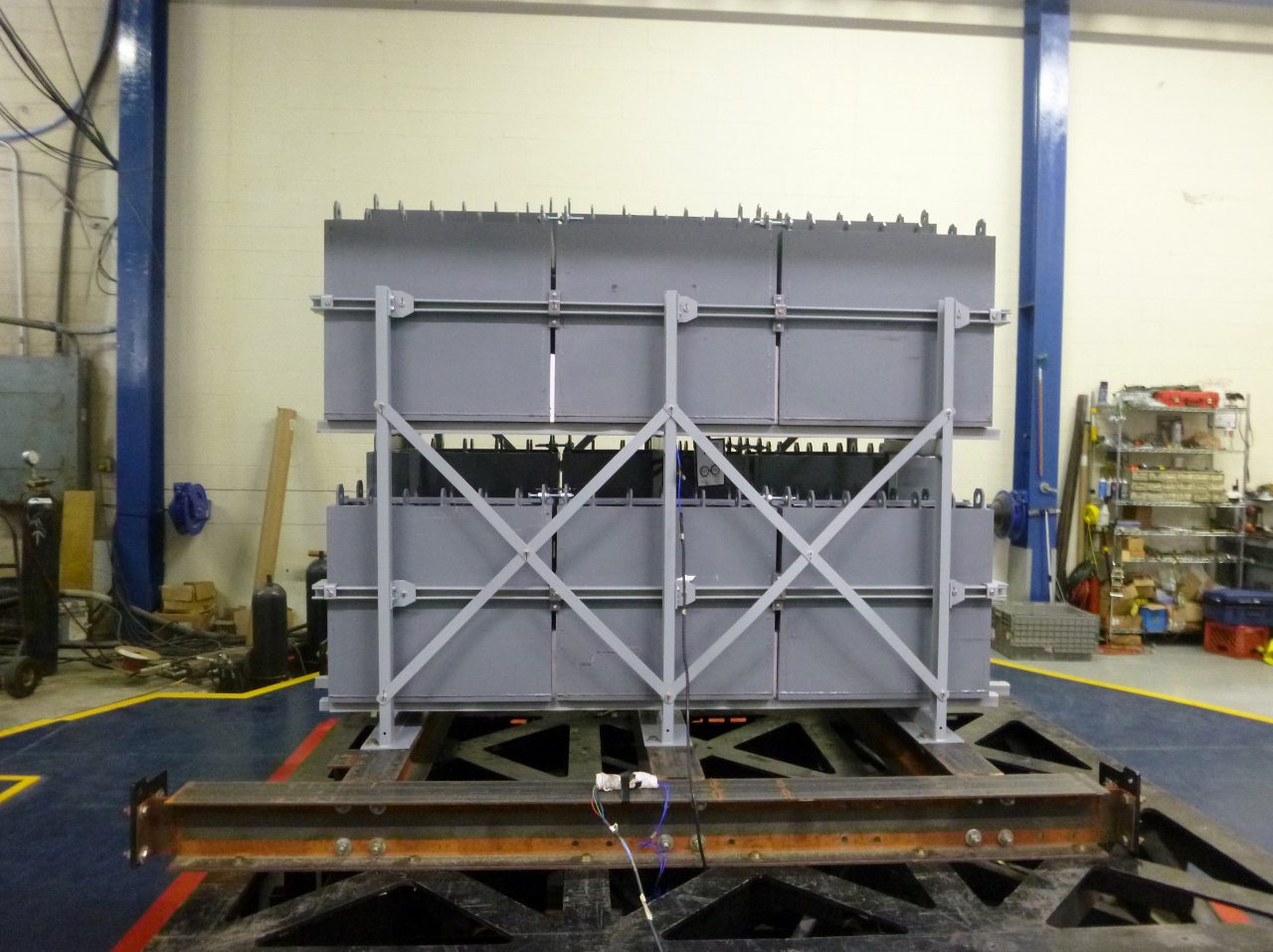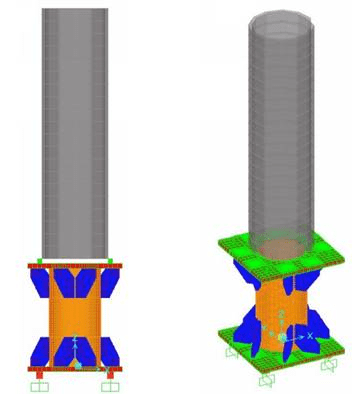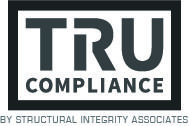IEEE 693 RECOMMENDED PRACTICE

A common standard within the Seismic Certification realm is IEEE 693: IEEE Recommended Practice for Seismic Design of Substations. IEEE 693 covers seismic qualification of battery racks, transformers, switchgear and other products and equipment for substations. The standard details the requirements for qualification by analysis and shake table testing. IEEE 693 specifies three different seismic levels for qualification: High Seismic Level, Moderate Seismic Level, and Low Seismic Level. Qualification to the high and moderate levels require analysis and/or physical testing. Qualification to the low level just requires good construction and installation practices, but doesn’t require special consideration of seismic performance. Additionally, equipment can be qualified to the Moderate or High Performance Level by physical testing only.
SHAKE TABLE TESTING
Shake table testing within IEEE 693 is broken up into two main categories: Performance Level and Qualification Level. When testing to the performance level, the required response spectrum (RRS) is amplified by a factor of two over the qualification level. Other than that, the test procedure is similar across all levels. The testing requires sinusoidal sweeps before and after the time history test. The time history test requires a minimum of 20s of strong motion, not including ramp up and ramp down time. The time history test can be performed on either a triaxial or biaxial (one horizontal and vertical) shake table. Biaxial testing requires consideration of cross-coupling and additional test runs. The shake table testing within the IEEE 693 standard is very similar to testing described in ICC-ES AC156. Programs can often be combined to certify equipment to both standards from a single test.

ANALYSIS

Analytical qualification is often possible in lieu of shake table testing. Qualification by analysis requires consideration of seismic forces in both horizontal directions and the vertical. IEEE 693 allows for qualification based on static or dynamic analysis depending on how complex the structure is. The analytical approach uses the same High, Moderate, and Low seismic levels that are used for testing. TRU Compliance can utilize detailed Finite Element Analysis (FEA) and traditional structural analysis to qualify equipment to the IEEE 693 standard.
